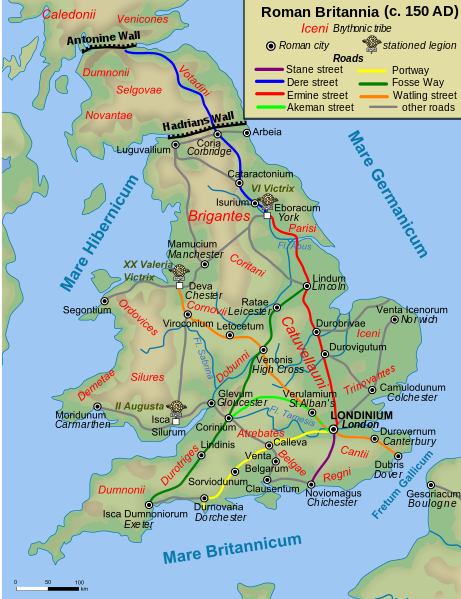It’s not often that I get the chance to enter something utterly new onto the Map, so please forgive me if I crow a little about this one. However, it will not be very loudly since, although I’m most certainly not an arboriculturist, IMO this copse of trees should be levelled to the ground, burnt to ashes & started again from scratch.
PS
IANAA makes a pleasant change to IANAL, does it not?
Harvey’s Plantation
A circular copse of trees; close to though unconnected with local buildings, it stands amidst farmland and, whilst a couple of hedges and a small stand of trees connect, it is alone. On the ground, local trackways appear to get close, though none connect directly & few are officially mapped. Gedling Council have stated in connection with a Preservation Order on the copse (below) that “…the woodland had been a local landmark for over 100 years and makes an important contribution to the landscape.”
This is a distant view from the North-East (the copse starts at the break in the tree-line at the left):–









